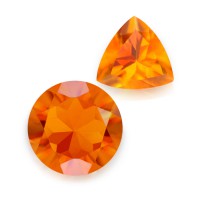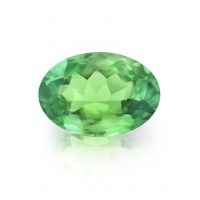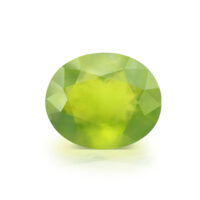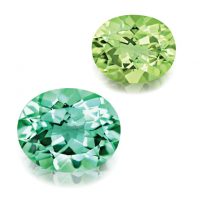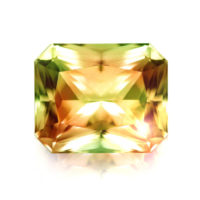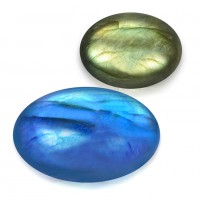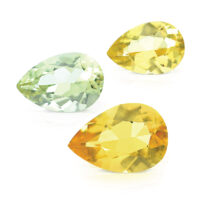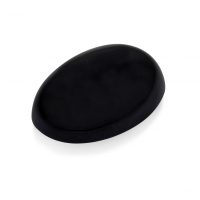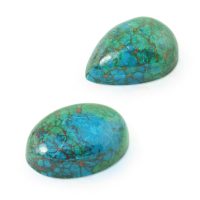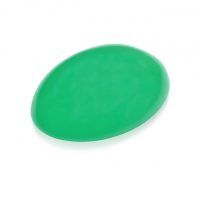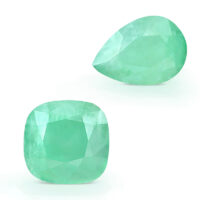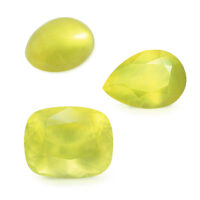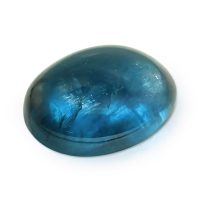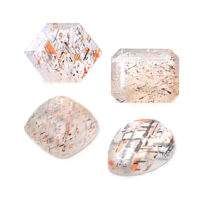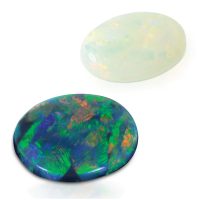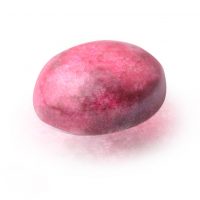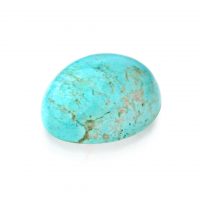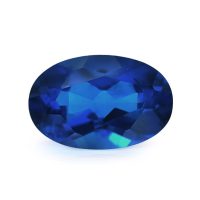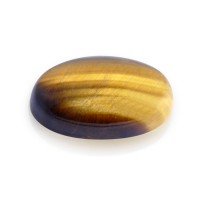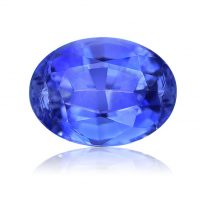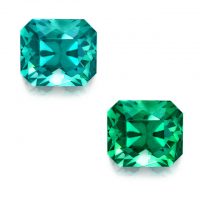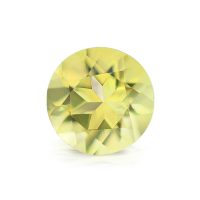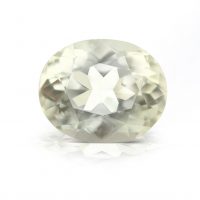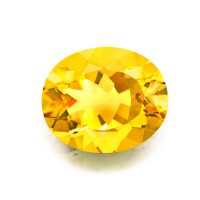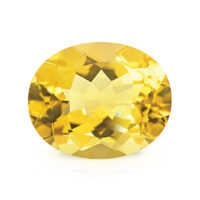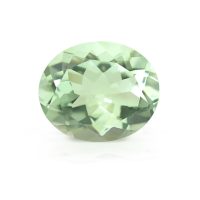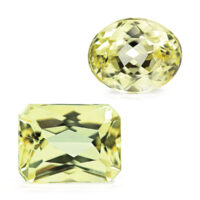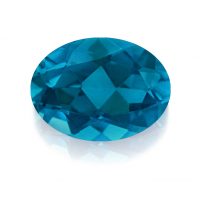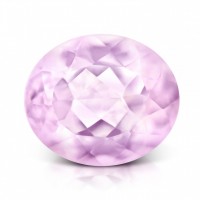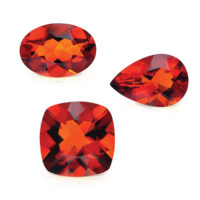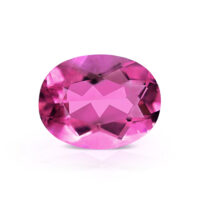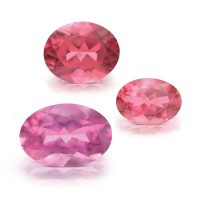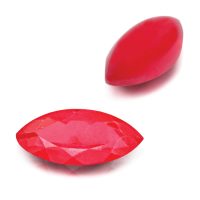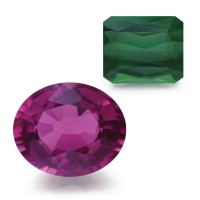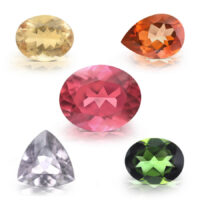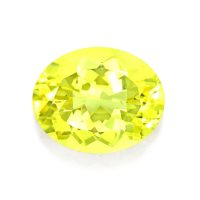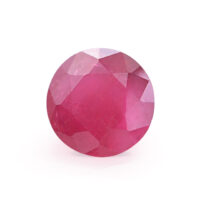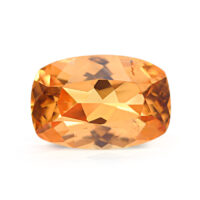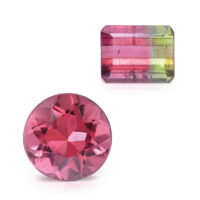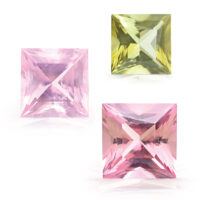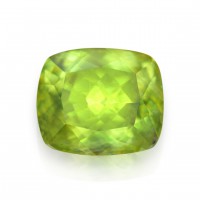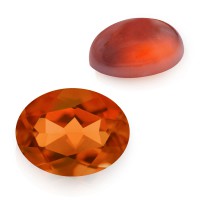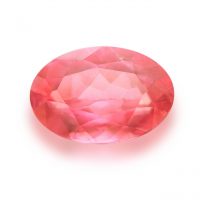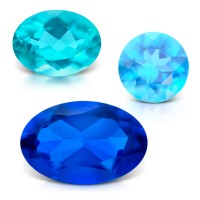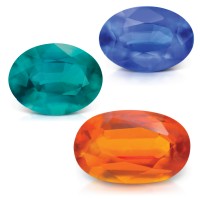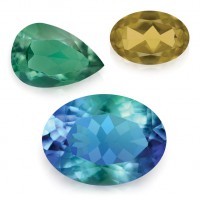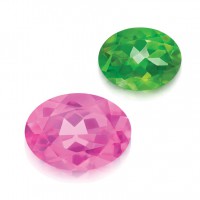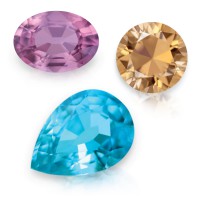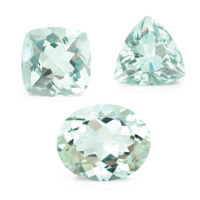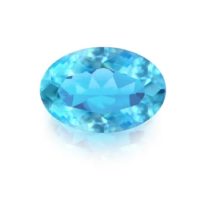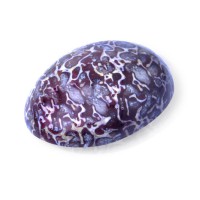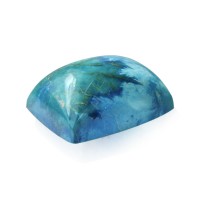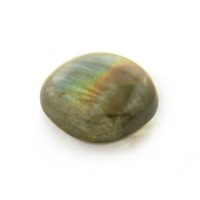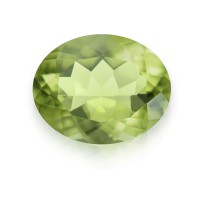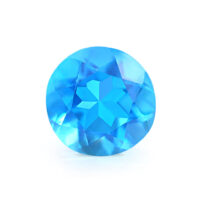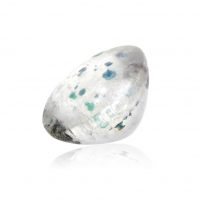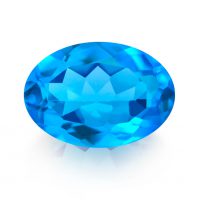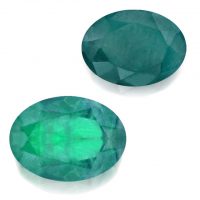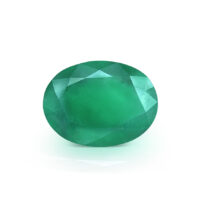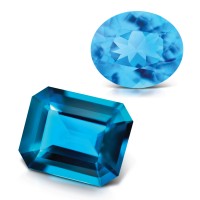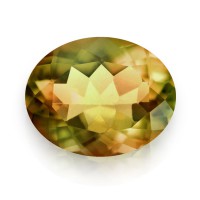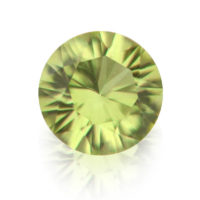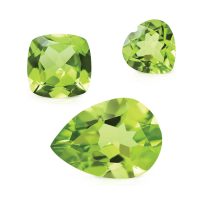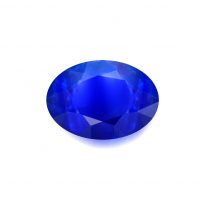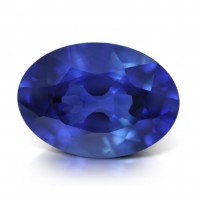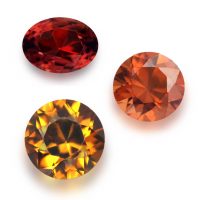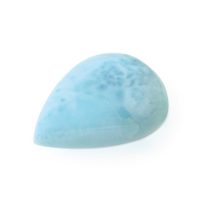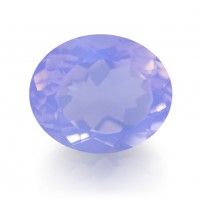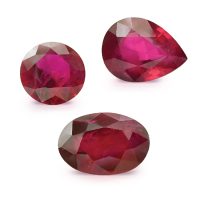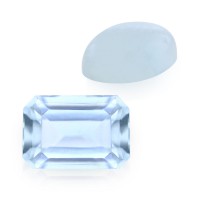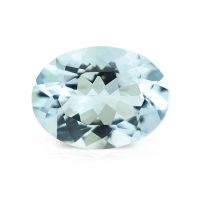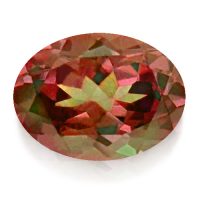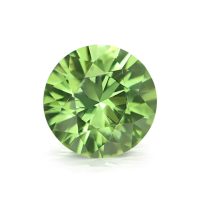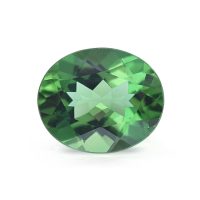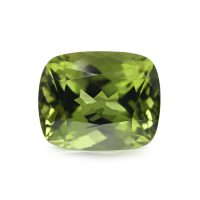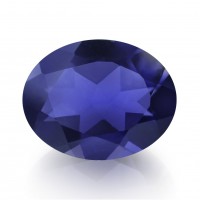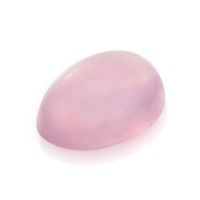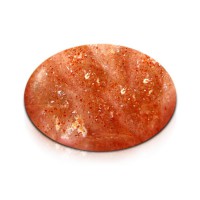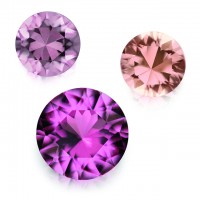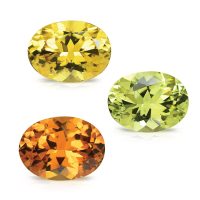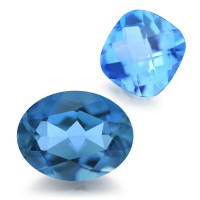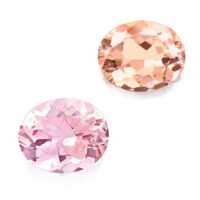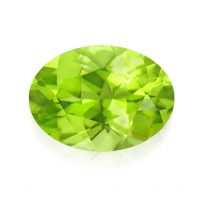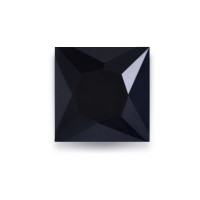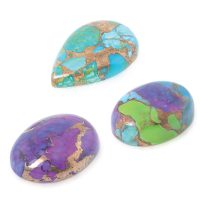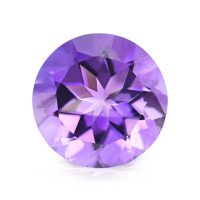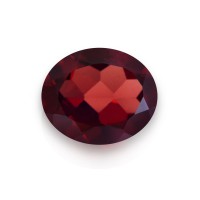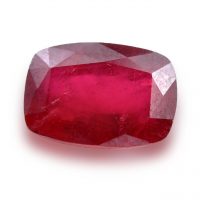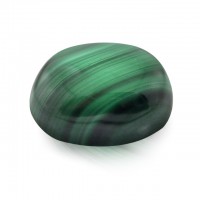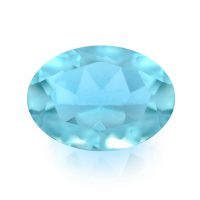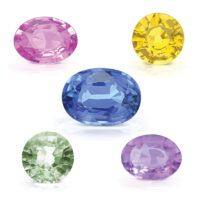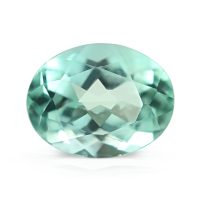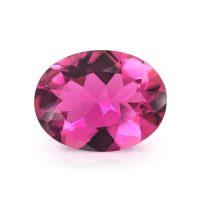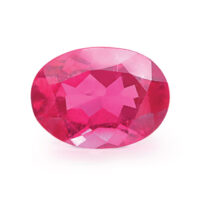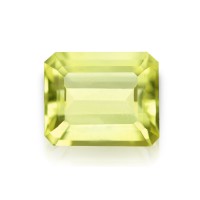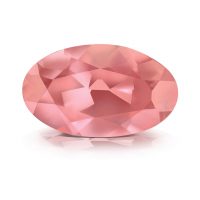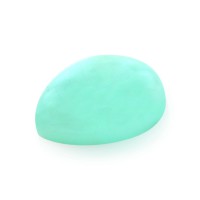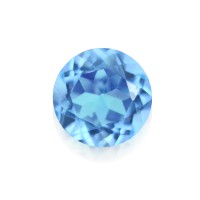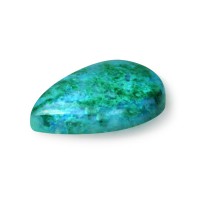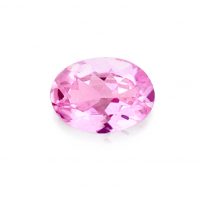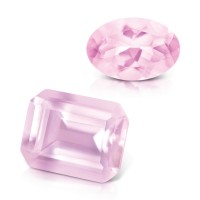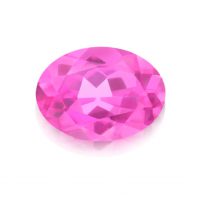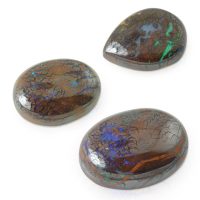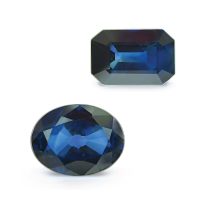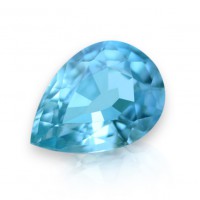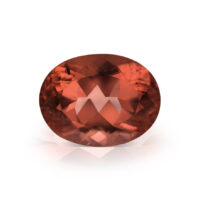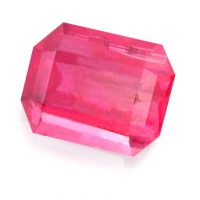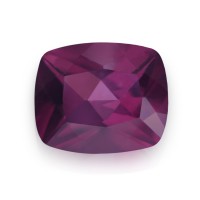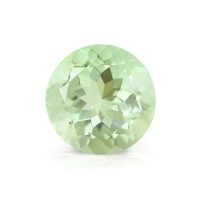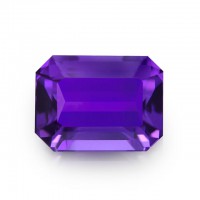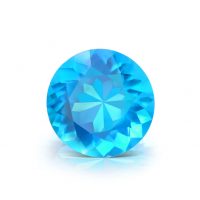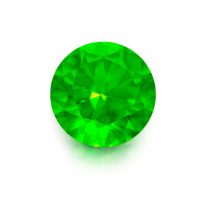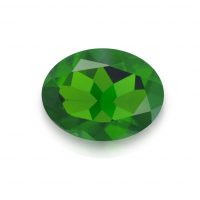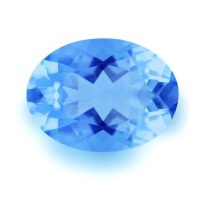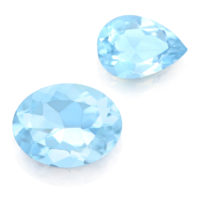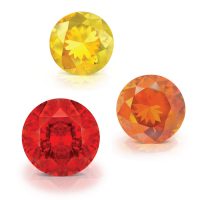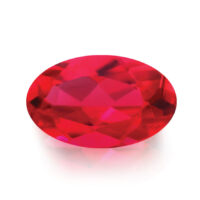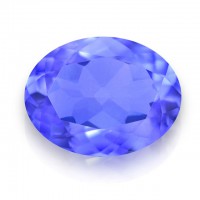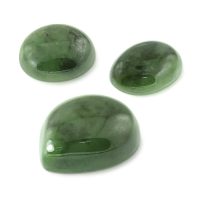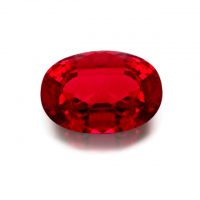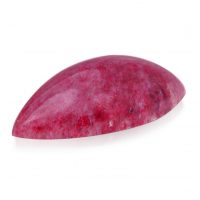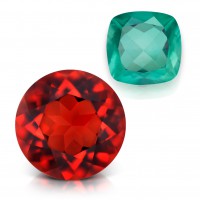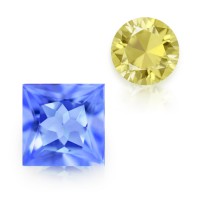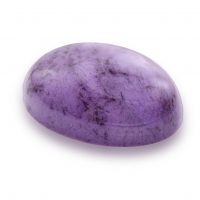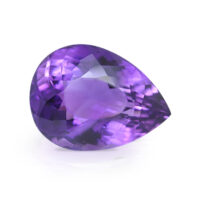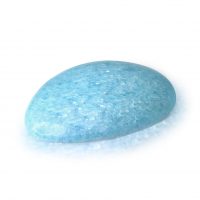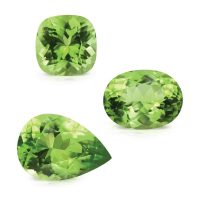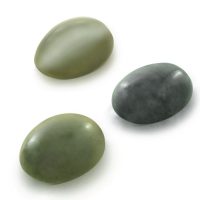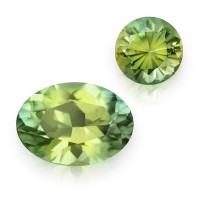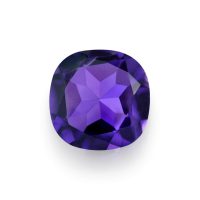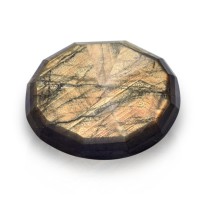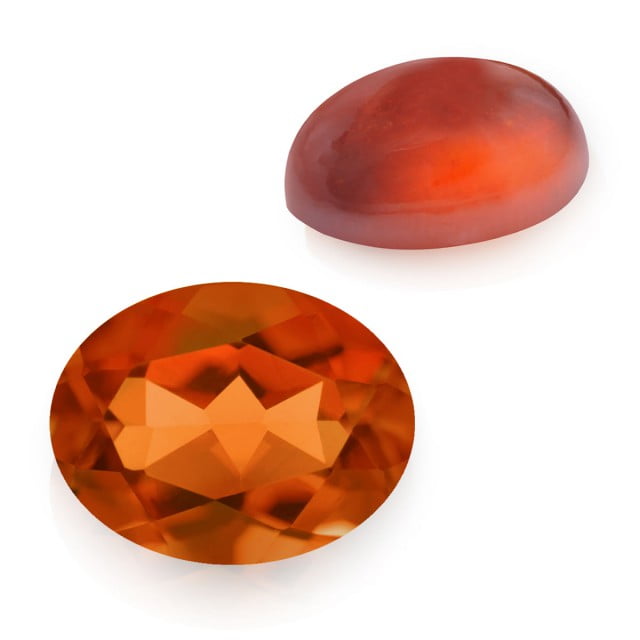

Ceylon Hessonite are beautiful, intense reddish honey-orange gemstones from Sri Lanka. While ‘Ceylon’ is typically a quality prefix for fine Sri Lankan Sapphires, we have extended this to our Hessonite to accurately communicate its rare beauty.
Hardness 7
Refractive Index 1.734 - 1.759
Relative Density 3.57 - 3.73
Enhancement None
Beauty
Hailing from the legendary gemstone island of Sri Lanka (renamed from Ceylon in 1972), Ceylon Hessonite is noted for its beautiful, intense reddish honey-oranges with an attractive innate brilliance.
When faceted, Ceylon Hessonite displays a coveted even color, good brilliance, excellent scintillation (play of light) and is finished eye-clean, the highest quality clarity grade for colored gemstones, with an attractive shape and overall appearance. When cut as cabochons (cut in convex form and highly polished, but not faceted), Ceylon Hessonite exhibits an excellent finish, proportion and shape. Historically, Hessonite was typically cut ‘en cabochon’ due to the lower clarity and transparency of most crystals.
In Vedic astrology, Hessonite is known by its Sanskrit name ‘Gomedha’ (cow urine), with Hessonite of this shade considered the most desirable for this purpose. Before you cringe at the comparison, please remember cows are sacred animals for Hindus. According to Vedic tradition, setting Hessonite in gold is believed to increase both your happiness and lifespan.
Used in adornment for over 5,000 years, Garnets were popular in ancient Egypt from around 3100 BC, being used as beads in necklaces as well as inlaid jewelry (gems set into a surface in a decorative pattern). Garnet’s many myths frequently portray it as a symbol of light, faith, truth, chivalry, loyalty and honesty.
In Judaism, a Garnet is said to have illuminated Noah’s Ark and Garnet (carbuncle) was also one of the gems in the ‘breastplate of judgment’ (Exodus 28:15-30), the impetus for birthstones in Western culture. Crusaders considered Garnet so symbolic of Christ’s sacrifice that they set them into their armor for protection. In Islam, Garnets illuminate the fourth heaven, while for Norsemen, they guide the way to Valhalla. A Grimm’s fairy-tale even tells of an old lady, who upon rescuing an injured bird was rewarded for her kindness with a Garnet that glowed, illuminating the night.
Coveted by ancient Indians, Greeks and Romans, Hessonite is the orange version of Grossular Garnet, Tsavorite being its green variety. Hessonite comes in shades of orange, sometimes with hints of red and brown, resulting in rich-reddish chocolates and oranges, pinkish-oranges and pastel golden honey-yellows. Colored by iron and manganese, Hessonite’s spicy colors result in the pertinent common name, ‘Cinnamon Stone’. Hessonite’s etymology can confuse because the Greek ‘esson’ actually means ‘inferior’. Hessonite was once believed to have a much lower hardness and density than other Garnets, but it is in fact very durable and only slightly softer. Historically confused with Zircon due to their similar colors, Hessonite is easily differentiated by its lower relative density. In its more common qualities, Hessonite is typically easily recognized by its unusual grainy appearance. January’s birthstone, Garnet’s name is derived from the Latin ‘granatus’ (from ‘granum’, which means ‘seed’) due to some Garnets’ resemblance to pomegranate seeds. Coming in blues, chocolates, greens, oranges, pinks, purples, reds and yellows, Garnets are a group of minerals possessing similar crystal structures, but varying in composition, giving each type different colors and properties.
Rarity
Once in considerable demand, Hessonite is today rarely seen in the marketplace due to the dominance of brown tones and the lack of transparency in its more common qualities. While most Hessonite continues to be obtained from Sri Lanka, its classic origin noted for yielding the highest quality, Madagascar and Tanzania are also significant sources.
Ceylon Hessonite is from the gem gravels surrounding Ratnapura (‘Gem City’ in Sinhalese) in Sri Lanka’s Sabaragamuwa Province. While ‘Ceylon’ is typically a quality prefix for fine Sri Lankan Sapphires, we have extended this to our Hessonite to accurately communicate its rare beauty. Eye-clean Hessonite is incredibly scarce due to the prevalence of swirling inclusions giving it a streaky, toffee-like appearance, which is aptly called ‘scotch and water’.
Totally natural, Ceylon Hessonite is also one of the few gemstones that are not treated or enhanced.
Durability & Care
Ceylon Hessonite (Mohs’ Hardness: 7) is an excellent choice for everyday jewelry. Ceylon Hessonite should always be stored carefully to avoid scuffs and scratches. Clean with gentle soap and lukewarm water, scrubbing behind the gem with a very soft toothbrush as necessary. After cleaning, pat dry with a soft towel or chamois cloth.
Map Location
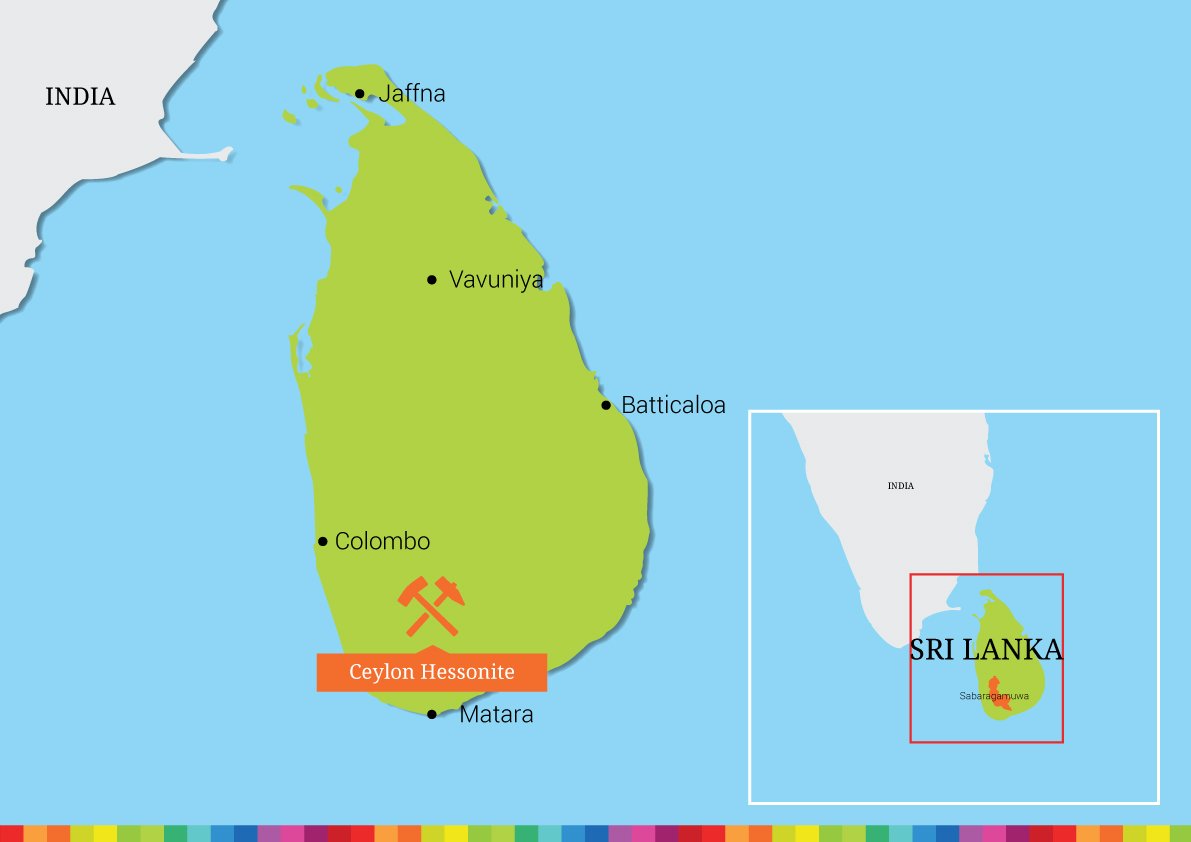
Click map to enlarge
